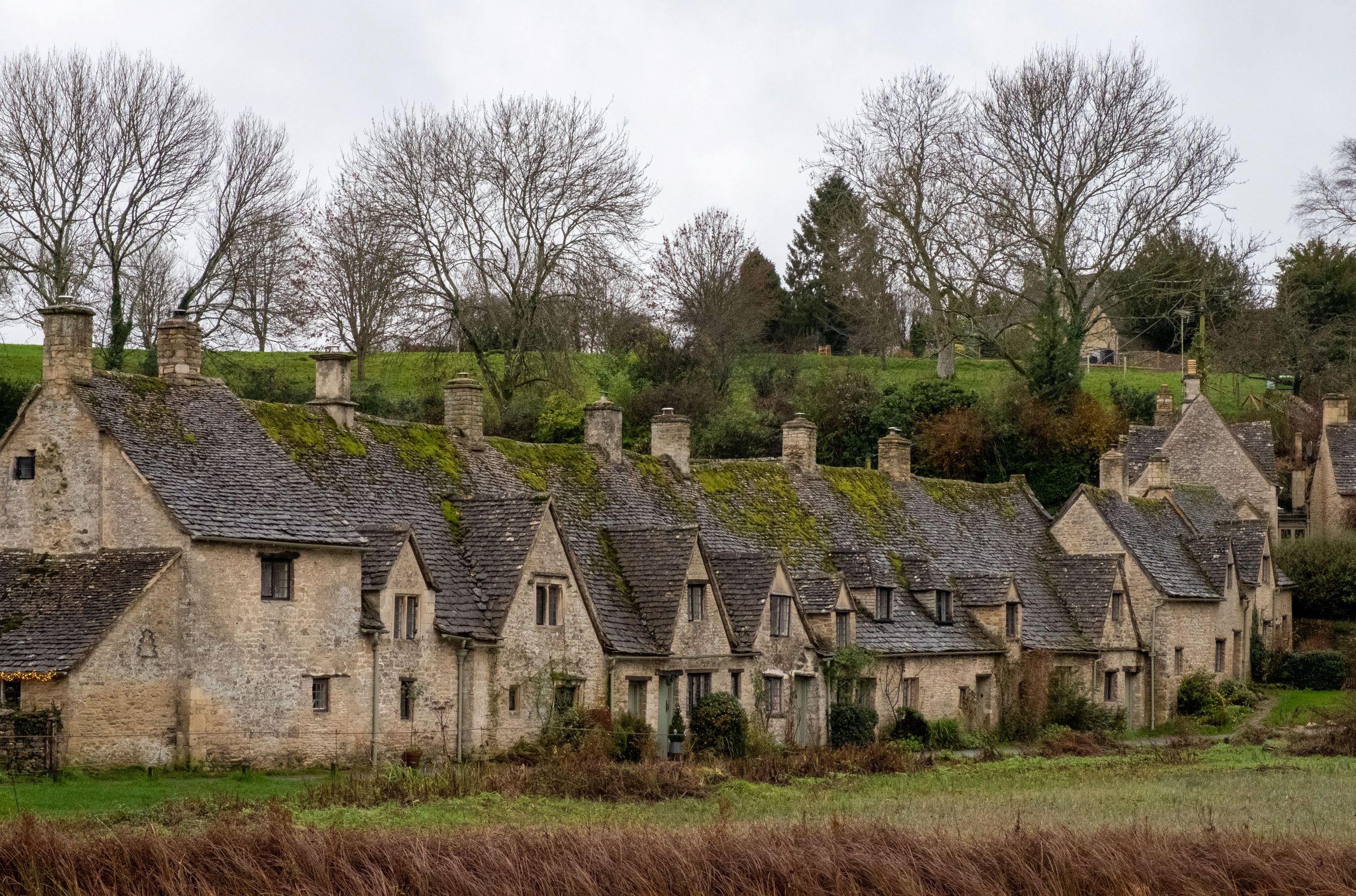Revealed: £2.8 billion in unspent Section 106 payments being held by councils
Freedom of Information requests reveal that on average local authorities in England and Wales have £8.2 million each in unspent Section 106 contributions, leaving local infrastructure without support

It has been revealed that local councils in England and Wales possess £2.8 billion in unspent Section 106 payments from homebuilders.
The report from the Home Builders Federation (HBF), titled 'Section 106 Agreements and Unspent Developer Contributions in England and Wales,' claims that each local authority in England and Wales, on average, holds £8.2 million in unspent Section 106 contributions.
Homebuilders are often obligated to provide Section 106 contributions to local authorities as a part of the planning permission process in order to support local infrastructure, which means these local services are not receiving appropriate funding.
Section 106 agreements
A Section 106 agreement is a legally binding contract between a property developer and a local authority.
It outlines specific responsibilities that the developer must fulfil, such as providing affordable housing, contributing to local infrastructure projects, funding schools, roads and other services, and ensuring environmental protection.
According to the government's official website, planning obligations are measures intended to limit the negative impact of unacceptable development, rendering it acceptable within planning guidelines.
For planning obligations to justify granting planning permission, they must meet certain criteria:
Get the Homebuilding & Renovating Newsletter
Bring your dream home to life with expert advice, how to guides and design inspiration. Sign up for our newsletter and get two free tickets to a Homebuilding & Renovating Show near you.
- They make the development acceptable within planning guidelines
- They are directly linked to the development in question
- They are reasonably related in both scale and nature to the development
How one council is still holding £58.2 million
The report is based on 171 local authorities, representing half of all local authorities in England and Wales.
The HBF submitted Freedom of Information (FOI) responses, which form the data for the report, and of the responses it was found approximately £1.4 billion of Section 106 payments were left unspent. South Gloucestershire Council alone admitted to still having £58.2 million in unspent Section 106 payments.
The HBF concluded that an estimated £2.8 billion, or more, remains unused from contributions made by homebuilders.

Why is money being left unspent?
A Local Government Association spokesperson responded to these concerns stating: “Councils want to see money from developer contributions spent on delivering the infrastructure and services that communities need, but this can be a complex process and takes time.
They claimed there can be a "delay" between the "receipt of contributions and delivery of schemes" due to securing land and the need for relevant approvals.
They added: “Infrastructure Funding Statements, which are now a legal requirement, provide an opportunity for councils to illustrate how they are using developer contributions to support infrastructure delivery in local areas.”
Experts 'concerned' about 'lack of capacity' from councils
This explanation prompted further questions from the HBF with questions over why there were such long delays in spending Section 106 payments.
HBF director of economic affairs John Stewart said "it is imperative" that councils "transparently account for these contributions to their residents who must see and experience the true benefits that come with the building of new homes in their area".
He added: "Otherwise residents will simply see new housing placing additional burdens on local facilities and services, unaware of the compensating benefits from S106 agreements, whether these are purely financial contributions or benefits in kind."
Stewart Baseley, executive chairman of the HBF, also hit back stating: “Investment in new housing delivery brings economic and social benefits to communities but too many of these advantages are going unseen by local people as councils fail to turn payments into the services, facilities and infrastructure that residents want.
“Not only is this a disservice to communities but it undermines perceptions of home building, allowing lazy negative perceptions to persist. In the face of a deepening housing shortage and cost of living crisis, it has never been more important to build new homes and local people should enjoy the benefits that can bring.”

News Editor Joseph has previously written for Today’s Media and Chambers & Partners, focusing on news for conveyancers and industry professionals. Joseph has just started his own self build project, building his own home on his family’s farm with planning permission for a timber frame, three-bedroom house in a one-acre field. The foundation work has already begun and he hopes to have the home built in the next year. Prior to this he renovated his family's home as well as doing several DIY projects, including installing a shower, building sheds, and livestock fences and shelters for the farm’s animals. Outside of homebuilding, Joseph loves rugby and has written for Rugby World, the world’s largest rugby magazine.
